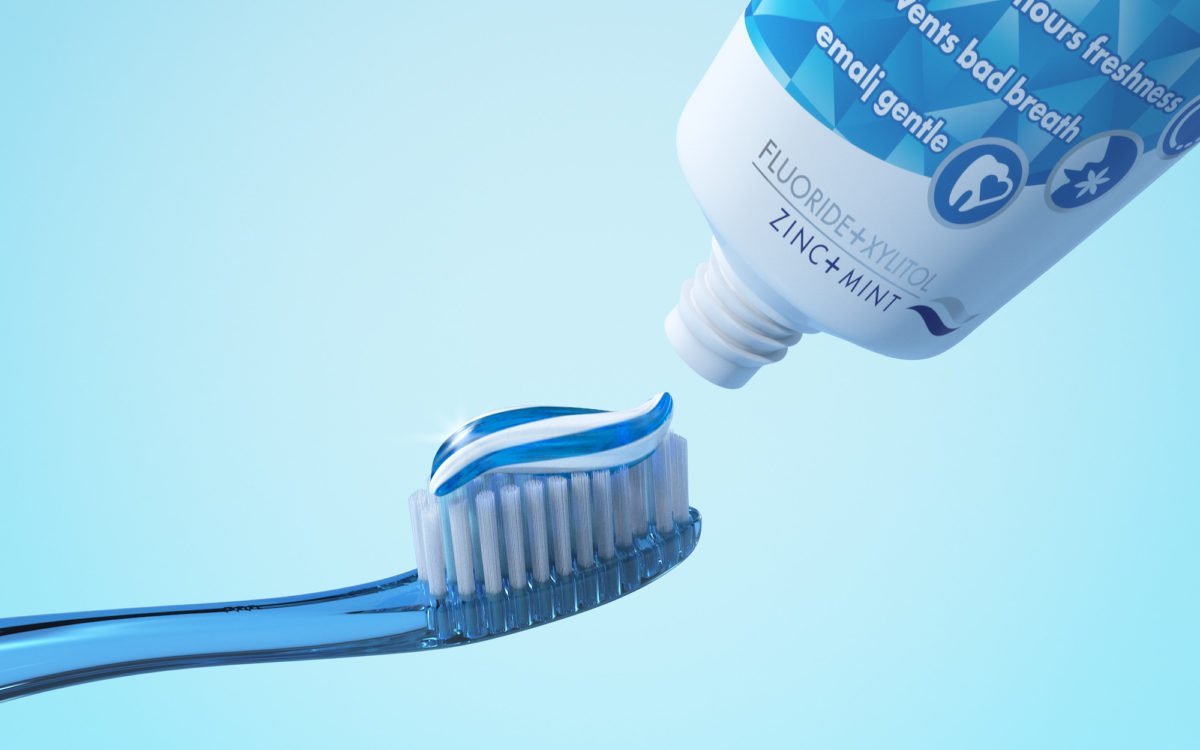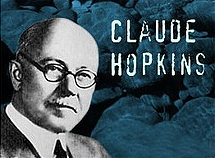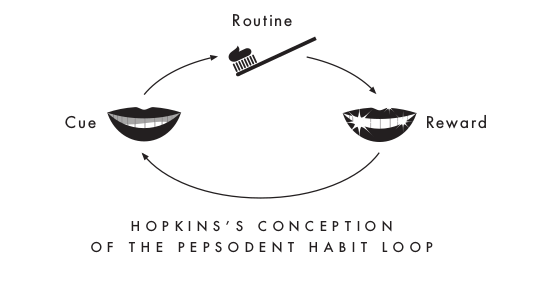Why Toothpastes are more useless than you think? And How have we been duped by marketing since the 1900s?
It has been our habit to brush our teeth daily with the toothpaste of our liking. We believe toothpaste is absolutely crucial for our dental hygiene. But did you know the man who globalized this myth to sell toothpaste was marketing pioneer Claude Hopkins? And brushing your teeth without toothpaste is equally beneficial than brushing with toothpaste.
You see, there was a time when people didn't brush their teeth. A time when dentists did NOT say to brush at least twice a day. A time when toothpaste was in the category of a luxury item and not a necessity. Our habit of brushing was first ingrained in our brain by one of the marketing geniuses of the 1900s, Claude Hopkins.
Hopkins was an advertising executive who had convinced Americans to buy "Schlitz" beer by boasting that the company cleaned their bottles “with live steam,” while neglecting to mention that every other company used the exact same method.
He had also seduced millions of women into purchasing "Palmolive" soap by proclaiming that Cleopatra had washed with it, despite the sputtering protests of outraged historians.
In the early 1900s, Hopkins, took on a Pepsodent toothpaste campaign. To sell Pepsodent, then, Hopkins needed a trigger that would justify the toothpaste’s daily use. He sat down with a pile of dental textbooks. “It was dry reading,” he later wrote. “But in the middle of one book, I found a reference to the mucin plaques on teeth, which I afterward called ‘the film.’ That gave me an appealing idea. I resolved to advertise this toothpaste as a creator of beauty. To deal with that cloudy film.”
This same film has always covered people’s teeth and hadn’t seemed to bother anyone. The film is a naturally occurring membrane that builds up on teeth regardless of what you eat or how often you brush. You can get rid of the film by eating an apple, running your finger over your teeth, brushing, or vigorously swirling the liquid around your mouth. Toothpaste didn’t do anything to help remove the film. In fact, one of the leading dental researchers of the time said that all toothpastes — particularly Pepsodent — were worthless.
Then after the decade of his continuous advertising, pepsodent was seen on selves of most of the American households. And by the 1930s, pepsodent was sold throughout the world.
We regularly brush to remove that slippery/fuzzy coating we feel when we first wake up called plaque. And Plaque is the most common cause of tooth decay. But for this, brushing with toothpaste isn't necessary. In fact, 128 participants who tried dry-brushing for six months saw a 67% reduction in plaque buildup and bleeding and gingivitis was also reduced by 50%. Read more from this article.
The only toothpaste that has any benefit are "Fluoridated Toothpastes". But we can gain fluorine from other sources like beverages, fluorine containing foods, cooking in teflon pans, fluoridated water and tea/coffee. In the US, first commercial use of fluorine on toothpaste was done in 1970s. But in countries like Nepal, most toothpaste doesn't contain fluoride.
Sodium lauryl sulfate, which causes the foaming of toothpaste, can breach and irritate the mouth. And worst of all, the toothpaste flavor numbs our tongue and produces a tingling sensation tricking our brain into thinking your teeth are clean when they aren’t.
The secret to keeping your gums healthy is not the toothpaste, it is rather the correct brushing technique. And here are some steps you can follow:
Use a soft bristled dry brush
Research shows that dry brushing (brushing without toothpaste) increases the likelihood that people brush their teeth much longer, clean more surfaces effectively, and remove more plaque and bacteria.
Correct angle
Effective brushing means brushing at a 45-degree angle to the gumline.
Brushing Inside out
start on the inside bottom teeth first, then navigate to the inside top teeth. Finally, move outside to finish up the job.
Spit toothpaste but don't rinse
Wait a few minutes after brushing to rinse your mouth with water. Unless, as it'll wash away the concentrated fluoride in the remaining toothpaste.






Informative and beneficial 👌
ReplyDeleteThank you smriti. It means a lot.😁
DeleteFacts got exposed . nice ❤
ReplyDeleteThank you sir. I will bring such informative contents from time to time.
DeleteInformative one! Well written.😁
ReplyDeleteThank you sir. You words motivates me to write even more.
ReplyDelete